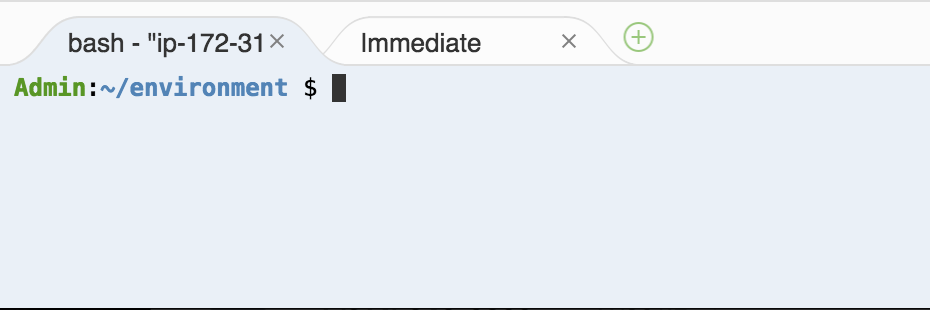Running Containers on AWS Fargate
Setup
AWS Account
In order to complete this workshop, you’ll need an AWS account and access to create AWS Identity and Access Management (IAM), Amazon Elastic Container Service (Amazon ECS), Amazon Elastic Container Registry (Amazon ECR), Amazon DynamoDB, and AWS Cloud9 resources within that account. In each section, the first module will note the specific services to which your IAM user will require access.
The code and instructions in this workshop assume only one participant is using a given AWS account at a time. If you try sharing an account with another participant, you will encounter naming conflicts for certain resources. You can work around this by either using a suffix in your resource names or using distinct Regions, but the instructions do not provide details on the changes required to make this work.
Use a personal account or create a new AWS account for this workshop rather than using an organization’s account to ensure you have full access to the necessary services and to ensure you do not leave behind any resources from the workshop.
Region
Use US East (N. Virginia) for this workshop. It supports the complete set of covered in the material including AWS Fargate, Amazon ECS, Amazon ECR, Amazon DynamoDB, and AWS Cloud9. Consult the Region Table to determine which services are available in a Region.
AWS Cloud9 IDE
AWS Cloud9 is a cloud-based integrated development environment (IDE) that lets you write, run, and debug your code with just a browser. It includes a code editor, debugger, and terminal. Cloud9 comes pre-packaged with essential tools for popular programming languages and the AWS Command Line Interface (CLI) pre-installed so you don’t need to install files or configure your laptop for this workshop. Your Cloud9 environment will have access to the same AWS resources as the user with which you logged into the AWS Management Console.
Take a moment now and setup your Cloud9 development environment.
✅ Step-by-step Instructions
Go to the AWS Management Console, click Services then select Cloud9 under Developer Tools.
Click Create environment.
Enter
Developmentinto Name and optionally provide a Description.Click Next step.
You may leave Environment settings at their defaults of launching a new t2.micro EC2 instance which will be paused after 30 minutes of inactivity.
Click Next step.
Review the environment settings and click Create environment. It will take several minutes for your environment to be provisioned and prepared.
Once ready, your IDE will open to a welcome screen. Below that, you should see a terminal prompt similar to:

You can run AWS CLI commands in here just like you would on your local computer. Verify that your user is logged in by running
aws sts get-caller-identity.aws sts get-caller-identityYou’ll see output indicating your account and user information:
Admin:~/environment $ aws sts get-caller-identity
Keep your AWS Cloud9 IDE opened in a tab throughout this workshop as we’ll use it for activities like building and running a sample app in a Docker container and using the AWS CLI.
💡 Tips
💡 Keep an open scratch pad in Cloud9 or a text editor on your local computer for notes. When the step-by-step directions tell you to note something such as an ID or Amazon Resource Name (ARN), copy and paste that into the scratch pad.
⭐ Recap
🔑 Use a unique personal or development AWS account
🔑 Use the US East (N. Virginia) Region
🔑 Keep your AWS Cloud9 IDE opened in a tab
Next
✅ Proceed to the first module, Getting Started with Amazon ECS using AWS Fargate, wherein you’ll create a new cluster, a task definition, and a service for a Hello World application using the Amazon ECS first run wizard.